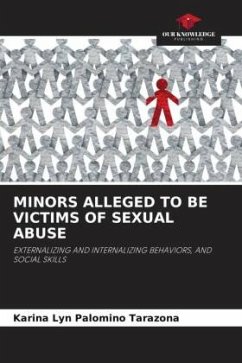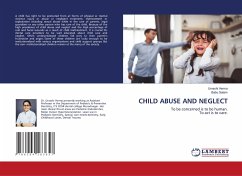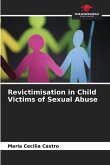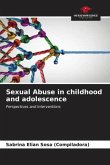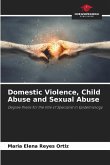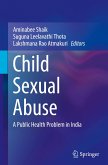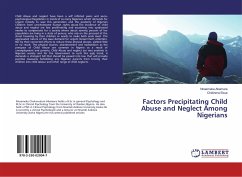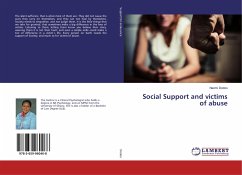It is known that sexual abuse (SA) affects the most vulnerable people, such as boys and girls, since, due to their lack of psychological maturity, they are not able to cope with risk situations, so they will be more exposed to child sexual abuse (Erazo & Pinos, 2017). That is why, in recent times, child sexual abuse (CSA) has been recognized in the scientific council and in society as a latent problem, generating short and long-term consequences (Cortés & Cortés, 2015), causing inadequate development, such as, for example: behavioral problems (externalizing and internalizing behaviors) and difficulties in establishing interpersonal relationships (social skills).
Bitte wählen Sie Ihr Anliegen aus.
Rechnungen
Retourenschein anfordern
Bestellstatus
Storno

